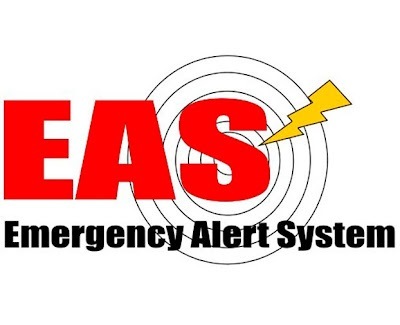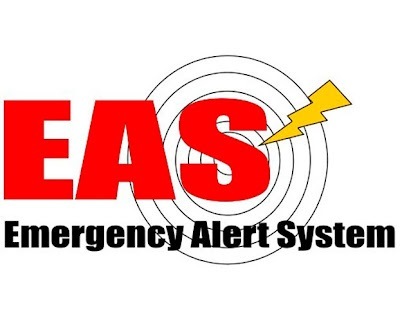
US Government Fires Up Emergency Alert Platform
May 15, 2012 by Dave Haynes
 The U.S. government’s has got the agreement of the major wireless carriers and smaller regional operators to support the Wireless Emergency Alert system, a free service that can send location-based messages via SMS-like alerts.
The U.S. government’s has got the agreement of the major wireless carriers and smaller regional operators to support the Wireless Emergency Alert system, a free service that can send location-based messages via SMS-like alerts.
The system covers 97 percent of the active subscriber base out there and is described as a “point-to-multipoint system” that targets at-risk subscriber who want alerts from agencies like the National Weather Service, FEMA, FCC and the Department of Homeland Security. It also supports Amber Alerts.
In the event of some sort of imminent threat, natural or man-made, or call for help, handset owners get a message. They can also opt out, and the service is free – similar to your getting a text message from a carrier when you roam.
The actual technology is different. The alerts are location aware, so it doesn’t matter where a phone is registered or its area code. When there is an alert, the closest cell phone tower will push warnings to all mobile handsets in that area.
What’s interesting here, in the context of digital signage and messaging, is that this is a system that is clearly driven by data and therefore could be tied into and used. Certainly, we’ve seen signage platforms and network operators tie into emergency alerts systems – like campus safety notifications and the Ambert Alerts – but the ability to subscribe to one system that can handle multiple notices off a standard platform seems appealing.
The question is whether a network would need to tie in to the system at the hyper-local level – like a wireless device at at location – or if it could use a central system and push put alerts via a content management system. While mobile handset use is pretty pervasive, the ability to visually warn people of a tornado, flooding or terrorism via screens is pretty compelling.



Leave a comment